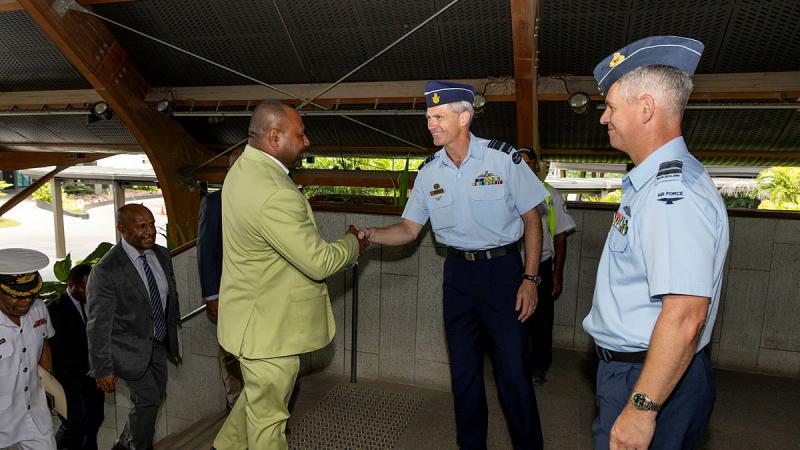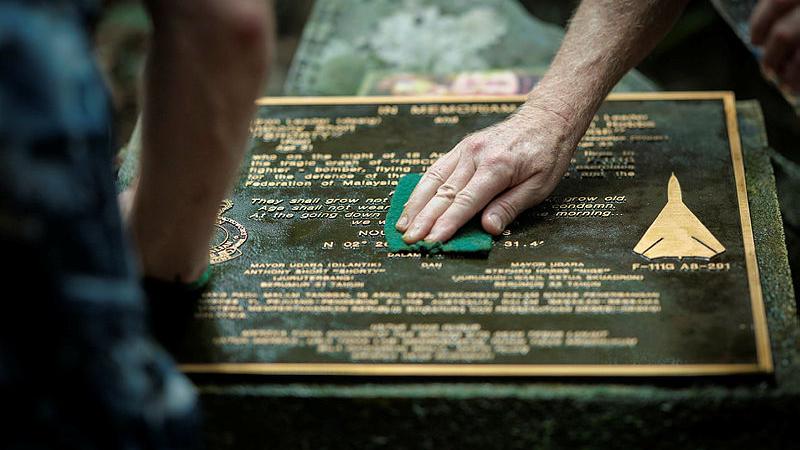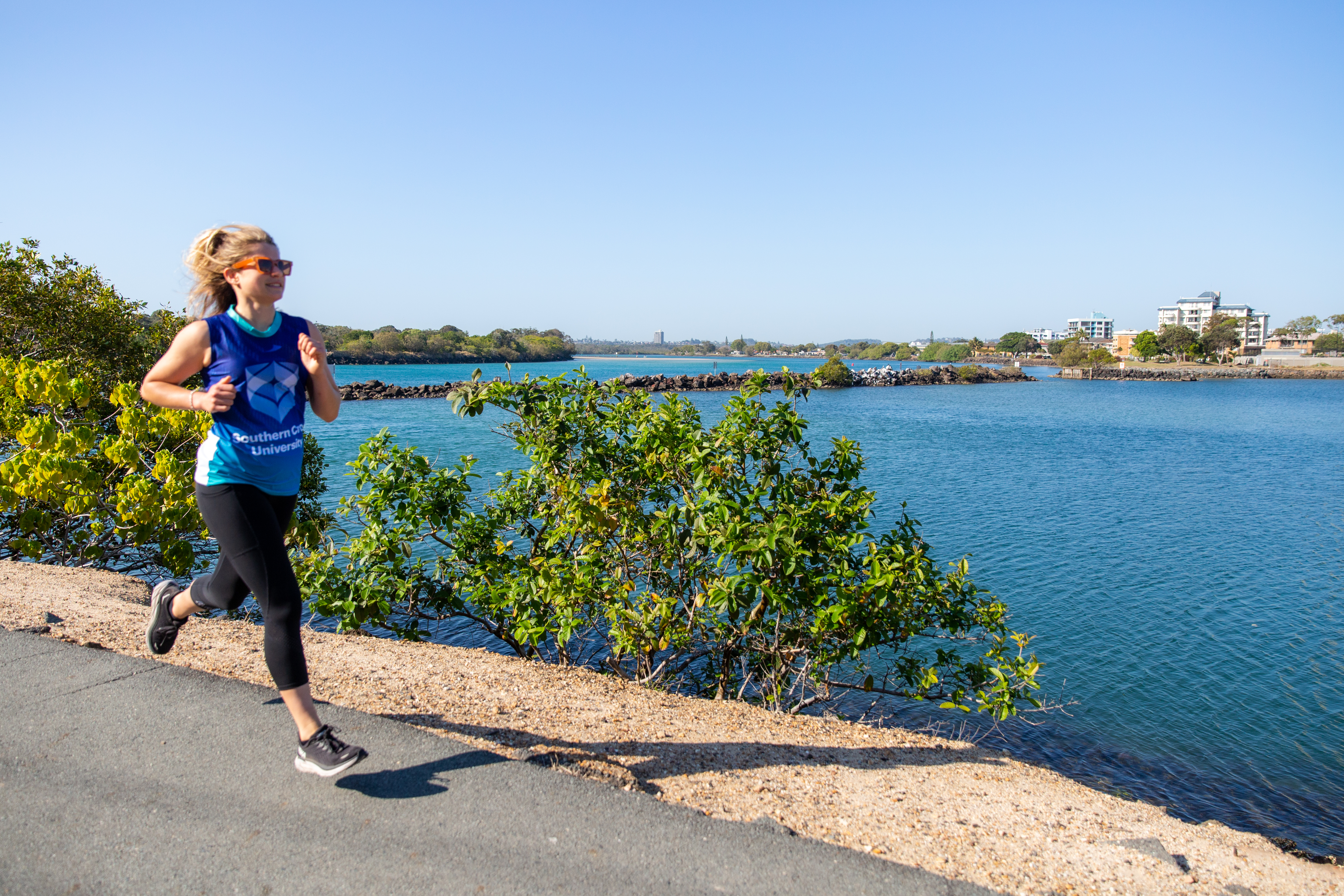The College understands there has been a fall of approximately 25-30 per cent in planned care procedures and predicts this trend will continue without urgent interventions.
The Chair of RACS’ Aotearoa New Zealand National Committee (AoNZNC), Associate Professor Andrew MacCormick, says it is primarily the lack of anaesthetic technicians (ATs) that is causing the backlog and says all of RACS’ nine surgical specialities are suffereing as a result.
“Surgery is a team sport. As surgeons we rely on a number of highly-skilled specialists around us to ensure patient safety. When we have gaps in our team, it means cancellations and delays and those have severe consequences for our patients in terms of quality of life.”
He puts the shortage of ATs, which are long standing and expected to continue for some years, down to many factors that include a change in training away from an on-site apprentice-style system to the requirement for a three-year degree. Furthermore, many ATs are being attracted to the private sector and to the smaller regional centres which offer a cheaper cost of living.
Wages are another factor, especially with the cost-of-living crisis. Many ATs are being attracted to the private sector and to the smaller regional centres which offer a cheaper, more relaxed lifestyle.
“Healthcare workers are part of a global workforce”, Associate Professor MacCormick adds.
“This is both a challenge and an opportunity. The healthcare system in Aotearoa New Zealand has a lot going for it and we have the potential to compete with other countries to retain and attract these skilled professionals.”
The College has met with the Australian and New Zealand College of Anaethetists (ANZCA) to discuss the issue. The two medical colleges have also consulted with Dr Andrew Connolly, Te Whatu Ora Counties Manukau Chief Medical Officer and Chair of the government’s Planned Care Taskforce.
Associate Professor MacCormick says while the recommendations of the Planned Care Taskforce, released last year, are an excellent start, they need to be underpinned by workforce sustainability measures.
“First we need data to really understand what the workforce needs are for Aotearoa New Zealand across the healthcare sector. Once we have that, we can start working to ensure we are training enough people within each field, from doctors and nurses, to radiographers and anaesthetic technicians, to continue meeting our needs into the future.”
He says there are shorter-term measures we can look at right now as well, including wages, overseas recruitment drives, adjustment of immigration settings, and a more staged move to a new training regime for ATs.
Surgeons call for immediate action on workforce shortages amid growing waitlists
/Public Release. View in full here.








